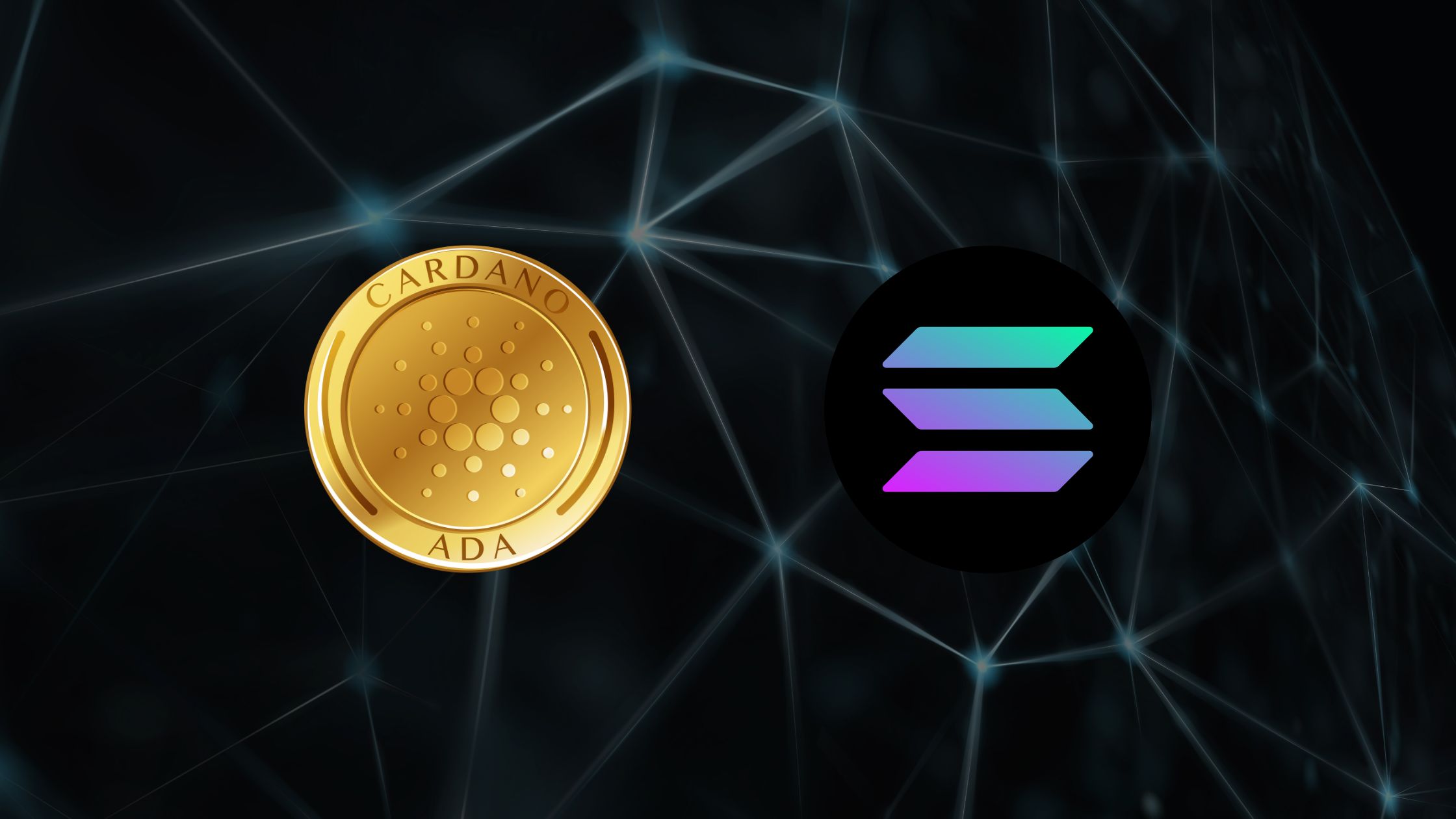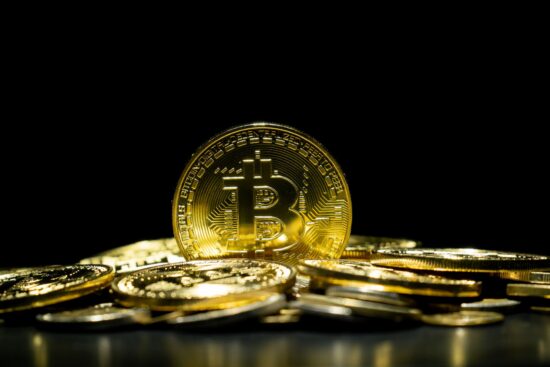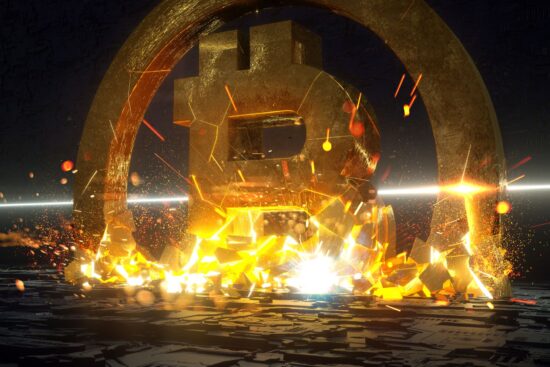
Welcome back, all crypto enthusiasts! How are you all guys doing? All good!
Well, that’s the excitement we expect from all you passionate and curious crypto enthusiasts. As a crypto fanatic, have you ever been in a room filled with eager investors, each sipping on their coffee and discussing the latest trends & crypto strategies?
And somehow, the conversation turns to comparing two of the top altcoins: Cardano vs. Solana?
If you have ever been a part of a conversation like this, you would definitely know that Cardano vs. Solana is one of the favorite topics of most investors to debate. Today, ‘The Blockchainist’ also came forward to be part of this debate.
Yes, you heard it right!
The only difference is that there are no investors or their loud noise here.
So, why not join us in this debate? Let’s closely analyze the key differences and similarities between Cardano and Solana together.
Read this detailed blog post now!
History and Origins
Cardano:
Cardano was conceptualized in 2017 by Charles Hoskinson, one of the co-founders of Ethereum, through his company Input Output Hong Kong (IOHK). Unlike many blockchain projects driven purely by technology, Cardano places a strong emphasis on academic research and a meticulous approach to development. Its journey began with a mission to create a more balanced and sustainable blockchain platform capable of addressing scalability, interoperability, and sustainability issues plaguing early blockchain solutions.
Solana:
Solana, founded by Anatoly Yakovenko in 2020, entered the scene with a bold vision to tackle scalability challenges head-on. Born out of the necessity to process a high volume of transactions quickly and efficiently, Solana adopts a unique approach with its proof-of-history (PoH) combined with proof-of-stake (PoS) consensus mechanism. This architecture aims to deliver unprecedented transaction speeds and throughput, positioning Solana as a competitive alternative to established blockchain networks.
Key Technological Differences: Cardano vs Solana
1. Consensus Mechanism:
- Cardano: Utilizes Ouroboros, a proof-of-stake (PoS) consensus algorithm. Ouroboros divides time into epochs and slots, where slot leaders are responsible for creating blocks and verifying transactions. This approach enhances security and efficiency while minimizing energy consumption compared to proof-of-work (PoW) systems.
- Solana: Implements a hybrid consensus mechanism called Tower BFT (Byzantine Fault Tolerance), which combines proof-of-history (PoH) and proof-of-stake (PoS). PoH timestamps transactions before they are processed by the validators, allowing Solana to achieve high throughput and scalability without compromising decentralization or security.
| Feature | Cardano | Solana |
| Consensus Mechanism | Proof-of-Stake (Ouroboros) | Proof-of-History + Proof-of-Stake (pBFT) |
| Key Points | Energy-efficient, scalable. | High throughput, fast transaction speed. |
| Drawbacks | Potential centralization due to large stakeholder influence. | Relatively new, complexity in consensus. |
2. Development Roadmap and Scalability
- Cardano: Cardano’s development roadmap focuses on scalability through phases like Shelley (decentralization), Goguen (smart contracts), and plans for Basho (scaling) and Voltaire (governance). It aims for gradual improvements in security and functionality.
- Solana: Solana’s roadmap prioritizes scalability and efficiency enhancements. It plans upgrades like Wormhole (interoperability), enabling cross-chain communication, and improvements in network architecture to maintain high performance.
| Feature | Cardano | Solana |
| Development Roadmap | Gradual phases (Shelley, Goguen, etc.) | Continuous updates and efficiency improvements. |
| Scalability Plans | Future scalability through phases. | Immediate focus on maintaining high throughput. |
3. Smart Contract Functionality:
- Cardano: Initially launched without smart contract capabilities, Cardano introduced them through the Alonzo upgrade in September 2021. This upgrade integrated Plutus, a purpose-built smart contract development platform based on Haskell, enabling developers to create decentralized applications (dApps) and execute complex financial transactions on the Cardano blockchain.
- Solana: Designed from inception to support smart contracts, Solana provides developers with a robust platform for building decentralized applications with minimal latency and high throughput. Solana’s architecture facilitates rapid transaction confirmation, making it suitable for real-time applications like decentralized finance (DeFi) and non-fungible tokens (NFTs).
| Feature | Cardano | Solana |
| Smart Contract Platform | Plutus (Haskell-based) | Rust and C-based smart contracts. |
| Development Language | Haskell | Rust, C, others |
| Key Points | Emphasis on security and formal methods. | High performance and flexibility. |
4. Transaction Speed and Throughput
- Cardano: Cardano aims for high security and decentralization, which can sometimes limit transaction speed. It targets a balance between security and scalability, with plans for future upgrades like Hydra to enhance throughput.
- Solana: Solana is designed for high throughput, currently claiming over 50,000 transactions per second (TPS) in optimal conditions. Its unique consensus and architecture allow for fast transaction finality, making it suitable for applications requiring high-speed processing.
| Feature | Cardano | Solana |
| Transaction Speed | Moderate (currently) | Very high (over 50,000 TPS) |
| Throughput | Scalable, future upgrades planned. | Extremely high, optimal conditions. |
| Key Points | Focus on security and decentralization. | Ideal for applications needing speed. |
5. Governance Model
- Cardano: Cardano features a decentralized governance model where ADA token holders can participate in decision-making through voting. It aims for transparency and community-driven development, allowing stakeholders to propose and vote on protocol upgrades.
- Solana: Solana has a more centralized governance structure, with core decisions made by a foundation and validators. While it has plans to decentralize further, initial decisions often involve a smaller group of stakeholders.
| Feature | Cardano | Solana |
| Governance Approach | Decentralized governance (ADA holders) | Centralized governance (foundation and validators) |
| Key Points | Community-driven, transparent. | Centralized decision-making, evolving. |
Key Similarities: Cardano vs Solana
Despite their differences, Cardano and Solana also share some similarities:
Sustainability:
- Cardano: Utilizes proof-of-stake (PoS) to reduce energy consumption, prioritizing sustainability with its Ouroboros consensus. This approach minimizes environmental impact compared to energy-intensive proof-of-work (PoW) systems.
- Solana: Integrates proof-of-history (PoH) and PoS, optimizing transaction processing efficiency. While not fully PoS, Solana’s hybrid model aims for lower energy usage, aligning with sustainable or green cryptocurrency practices.
Future Growth Potential:
- Cardano: Progresses through development phases like Shelley and Goguen, enhancing scalability and functionality for diverse applications. Its focus on academic research and interoperability supports long-term growth and adoption.
- Solana: Known for high throughput and low latency, Solana attracts projects needing fast transaction speeds, such as DeFi and gaming. Continual updates and community-driven development bolster its potential as a leading blockchain platform.
Market Position: Cardano vs Solana
Cardano:
Price When Cardano Was Launched: $0.02
All-Time High of Cardano: $3.10
Total Market Capitalization: $19.1 Billion
Recent Market Performance (As of June 25, 2024, 19:25)
Price: $0.39251
Last 24 Hours Price Fluctuation: Decrease of 6.11% in price
(Credits: CoinDesk)
Solana:
Price When Solana Was Launched: $3
All-Time High of Solana: $260
Total Market Capitalization: $46.18 Billion
Recent Market Performance:
Price: $167.46
Last 24 Hours Price Fluctuation: Decrease of 5.25% in price
(Credits: CoinDesk)
Factors Influencing Popularity and Adoption
Several key factors contribute to the increasing popularity and adoption of Cardano and Solana:
- Technological Advancements: Both platforms continuously innovate to address scalability, interoperability, and sustainability challenges prevalent in blockchain technology. Their robust technical foundations attract developers seeking reliable and efficient platforms for deploying decentralized applications.
- Community Engagement: A vibrant and engaged community plays a pivotal role in promoting network growth, fostering ecosystem development, and supporting the adoption of new features and upgrades.
- Strategic Partnerships: Collaborations with industry leaders, enterprises, and academic institutions validate the platforms’ capabilities and expand their use cases across various sectors, including finance, gaming, and decentralized governance.
- Market Perception and Trust: Investor confidence in the long-term viability, governance models, and security protocols of Cardano and Solana influences adoption rates and contributes to their attractiveness as investment assets.
Purchasing Cardano and Solana
Investors interested in acquiring Cardano (ADA) or Solana (SOL) can do so through several methods:
| Platform | Cardano (ADA) | Solana (SOL) |
| Major Exchanges | Binance, Coinbase, Kraken, Huobi | Binance, FTX, Coinbase, Huobi |
| Wallets | Daedalus, Yoroi (for ADA) | Sollet, Trust Wallet, Ledger (for SOL) |
Which One is the Better Choice: Cardano or Solana?
Choosing between Cardano and Solana involves evaluating various factors:
- Technology and Development: Assess the platforms’ technical capabilities, scalability solutions, governance models, and roadmaps to determine their potential for long-term growth and adoption.
- Market Position and Ecosystem: Consider the strength of each platform’s community, the diversity of its ecosystem, and its adoption across different sectors to gauge its competitive edge and sustainability.
- Risk and Reward: Evaluate the risks associated with each investment, including market volatility, regulatory developments, and technological challenges, against the potential rewards based on your investment goals and risk tolerance.
Both Cardano and Solana represent significant contributions to the blockchain industry, each with its unique strengths and potential applications. Whether you prioritize Cardano’s academic rigor and modular architecture or Solana’s high-speed transaction processing and innovative consensus mechanism, both platforms offer compelling opportunities within the evolving landscape of decentralized technologies.
Wrapping Up
As we conclude our comprehensive analysis of Cardano vs Solana, guided by insights from ‘The Blockchainist,’ it’s clear that these platforms embody distinct visions and approaches towards blockchain scalability and decentralization. Whether you’re an investor, developer, or enthusiast, understanding the nuanced differences and strengths of Cardano and Solana is crucial for making informed decisions in the rapidly evolving cryptocurrency market. Stay informed, monitor developments, and embrace the transformative potential of blockchain technology as it continues to reshape our digital economy.
Stay tuned with ‘The Blockchainist’ to read such blockchain-related informative blog posts.






